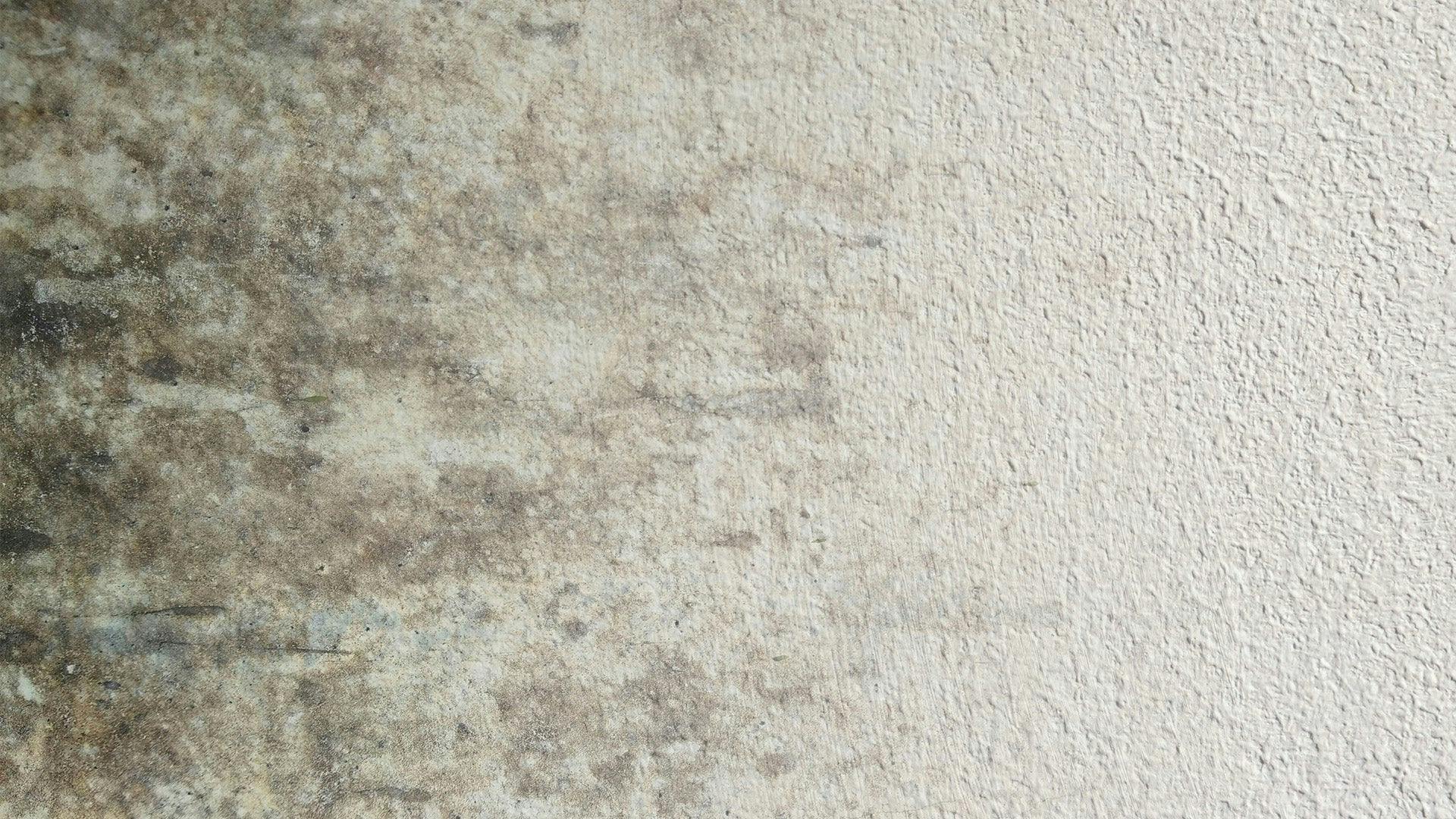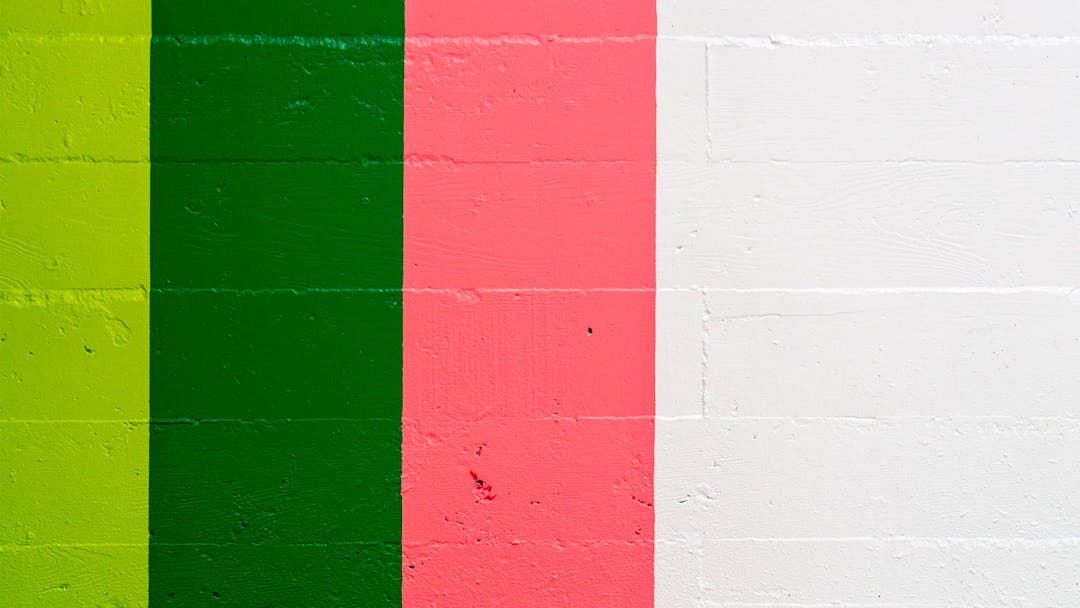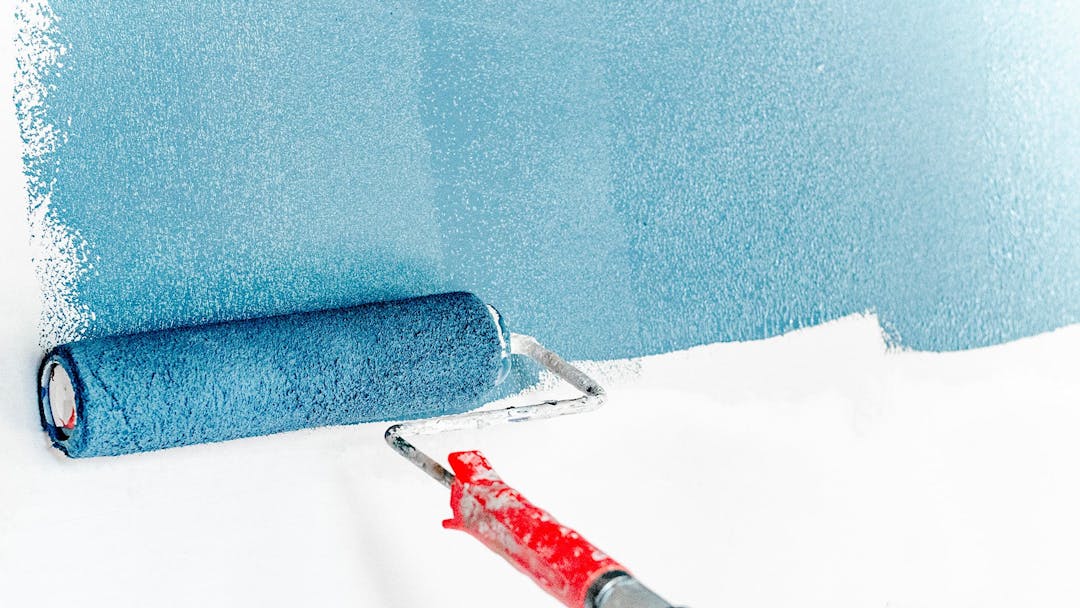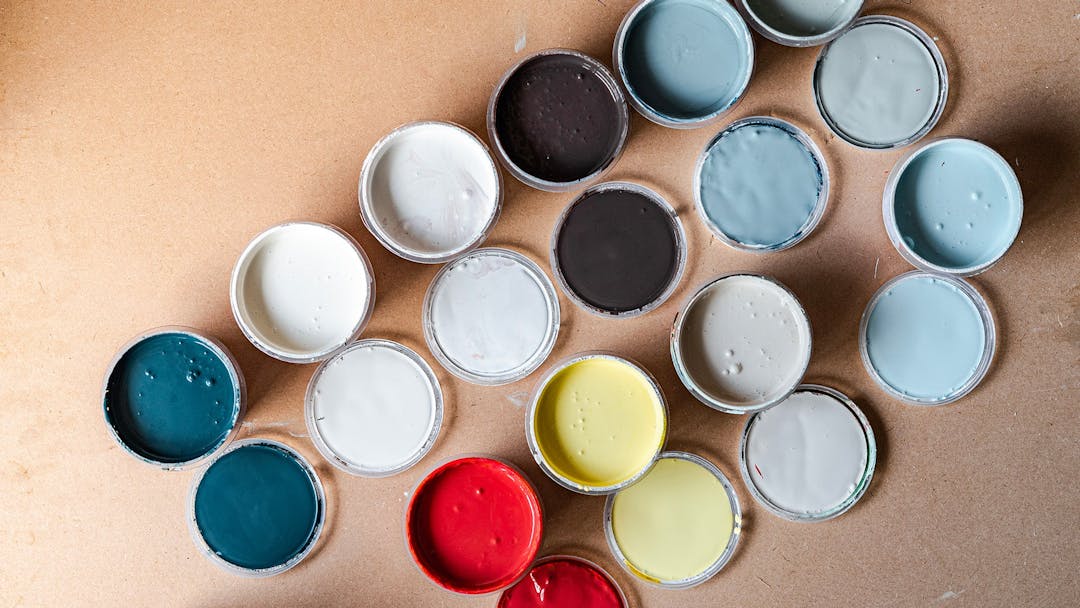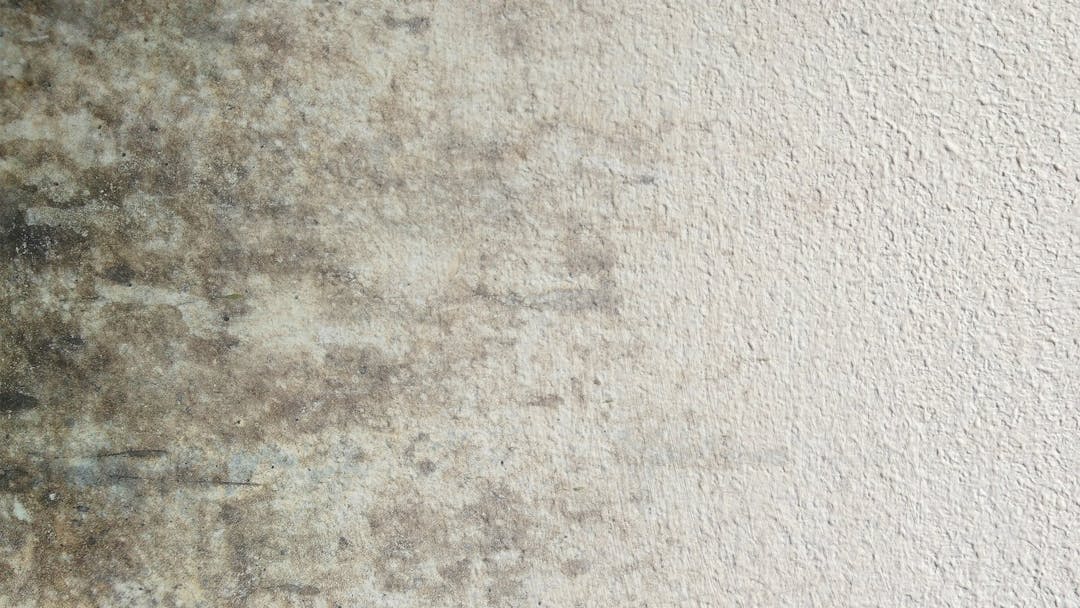If you are planning to brighten up the walls of your home or office with a coat of new paint and you notice mold on the walls, you certainly cannot ignore it.
In addition to compromising the aesthetic appearance of the rooms, this intrusive presence can jeopardize the health of the home and negatively affect the durability of the paint.
In this article, we will explore the causes of mold growth, provide practical tips for its removal, and discuss preventive strategies.
Read on if you want to achieve flawless walls and a paint job that lasts.
Why does mold form on the wall?
Before examining the causes of mold growth on walls, it is essential to understand what it technically is. Mold is a microscopic fungal organism that thrives in damp, enclosed environments and tends to proliferate on porous surfaces such as walls, ceilings, and building materials.
This microorganism can exhibit different colorations, including black, green, or white, so they are generally highly visible.
Now that we have clarified what mold is, let's explore the causes of its formation:
Moisture
Moisture and condensation are among the main reasons why mold develops. Areas with high humidity levels, due to leaks, seepage, and rising water from the ground, provide an optimal environment for mold development.
Poor Ventilation
Lack of adequate ventilation contributes to moisture accumulation and promotes mold growth. Enclosed and poorly ventilated spaces create favorable conditions for the proliferation of microorganisms.
Inadequate Insulation
Inadequate insulation can cause cold spots to form on walls, promoting condensation and moisture accumulation. These cold areas are particularly susceptible to mold.
Water Penetrations
Water penetrations from roofs, skylights and windows provide the perfect conditions for mold growth. It is crucial to detect and promptly fix any seepage to prevent greater damage.
Construction Materials Used Improperly
Porous building materials, without proper treatments, when placed in direct contact with water, become ideal breeding grounds for mold growth, especially in humid environments.
Understanding the causes of mold growth is essential to taking appropriate preventive measures. In the next section, we will explore effective methods to remove it from walls and prevent its return before painting.
Remove mold from house walls
Removing mold from the walls of your home is a key step in ensuring a healthy environment and preparing surfaces for a new paint job.
Here are the main steps you need to follow to remove mold from walls:
- Identify the source of the moisture. Before beginning mold removal, identify and resolve the underlying cause of the dampness. Repair any water leaks or seepage to prevent its reappearance.
- Anti-mold cleaning product. Use an effective anti-mold cleaner to clean surfaces attacked by microorganisms. Follow the manufacturer's instructions carefully and be sure to wear personal protective equipment.
- Removal. If the directions placed on the cleaner call for the mold removal step after applying the product, use a cloth or sponge and try to go thoroughly through the corners as well.
- Proper drying. Make sure the walls are completely dry before painting. Residual moisture can promote mold regrowth.
Mold on walls: natural remedies pre-painting
Before proceeding with the application of new paint, natural solutions can be taken to prevent mold growth.
Take advantage of the antifungal properties of white vinegar. Mix equal parts water and white vinegar and spray the solution directly on the walls. This natural remedy can effectively thwart mold growth.
Use baking soda. Create a paste by mixing baking soda and water. Apply the paste to the areas affected by mold, leaving it to work before thoroughly cleaning the surface.
Experiment with anti-mold essential oils. Essential oils, such as tea tree, eucalyptus or lavender, possess antimicrobial properties. Add a few drops of these oils to a detergent or cleaning water to keep mold at bay.
Be sure to maintain constant ventilation. Adequate ventilation of the room is crucial to reduce moisture buildup. Open windows and doors regularly to promote constant air circulation, creating an indoor climate less conducive to mold growth.
Anti-mold treatment before painting: which one to choose?
If you want to prevent mold, you can apply an anti-mold primer before painting. This product creates a protective barrier between the surface and moisture, helping to prevent fungal growth. Be sure to select a quality primer that is specially formulated for mold prevention.
In cases where mold is present over a large area or recurs regularly, the advice is to rely on professional anti-mold treatments. Experts in the field offer more powerful solutions that are ideal for dealing with persistent infestations or more complex issues.
Before making a choice, carefully consider the condition of the walls, the amount of mold in the room, and your specific needs.
How to paint a room with mold
Painting a room plagued by mold requires careful preparation to ensure a lasting aesthetic result free of future problems.
The steps to be performed echo what we have seen in previous sections, so you must:
- Carefully inspect the walls for any presence of mold;
- Completely remove the mold by applying an anti-mold treatment suitable for your situation;
- Make sure the walls are completely dry;
- Choose a quality paint that will help fight mold;
- Maintain good ventilation in the room during and after the painting process.
How to prevent mold from ruining walls again
The paint produced by us at VERNICE contains silver ions that counteract the development of mold as well as viruses and bacteria.
On the walls affected by this problem, it is necessary to apply a special fungicide and, subsequently, one of our paints, which will help prevent the reformation of mold on the walls.
If the surface to be painted is healthy, however, simply paint it with one of our silver ion products to prevent spores from taking root.
Want to prevent mold growth on walls? Discover VERNICE Technology.
